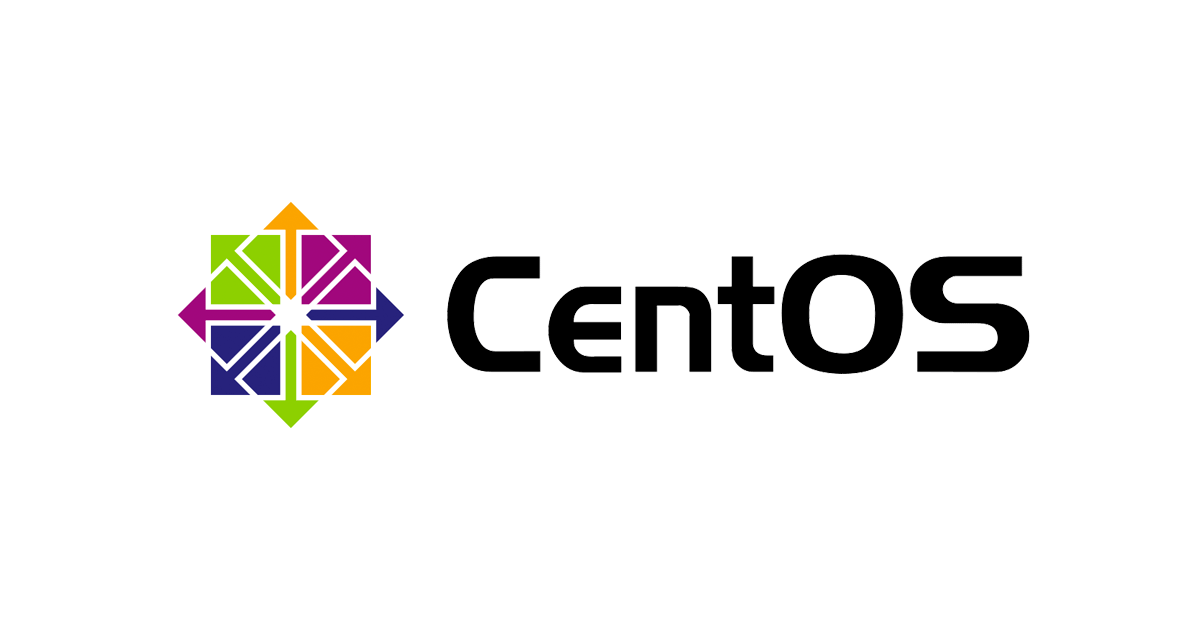CentOS 8 Part A: Introduction and Core Concepts
You may have heard about the upcoming CentOS 8 update. After Releasing This Update, there have been many rumors about it.
How Will It Affect the User Experience, Particularly with the Interface, in Some Cases, Around the Command Lines in Terminals? Today, in This Article, we’re going to take a closer look at its new features and changes within CentOS 8.
After the introduction of the Linux OS in 2004, all of the people who considered themselves capable of using this new operating System knew at first glance what is the idea of publishing and developing so many different distros, was which was to provide the user with a unique interface and features both in design and utility, each distro for one person or groups of users.
Initially, the developer’s primary purpose in publishing so many distros was to stay ahead of Microsoft and the Windows OS.
Still, as Time passed, they realized that the fame generated by Microsoft couldn’t fade that easily, and they focused all their attention and effort on developing and improving their distros, resulting in the distribution we now know as CentOS.
This article details what to expect in the latest version of CentOS 8. We will explore what you can expect when CentOS 8 boots up on your server or Desktop for the first Time.
Desktop
- The GUI version of CentOS 8’s Shell has been rebased to version 3.28.
Unlike so many users who are truly happy about this Update change to the Desktop environment, on the other hand, we have some mad users who can’t get along with this change; lucky for those who aren’t okay with this change, they can also downgrade to the last version of it, but in one condition that they have to have an updated CentOS 8.
- The GNOME session and the GNOME Display Manager use Wayland as their default display server. If you are an XORG person, do not panic; the X.Org server, the default display server in CentOS/RHEL 7, is also available.
Wayland happens to have the following features
- The Desktop can control window handling directly
- Stronger Security model
- Multi-monitor handling
Networking
- The nftables framework has replaced iptables as the default Network packet filtering facility.
- The firewall daemon now uses nftables as its default backend.
- NetworkManager now supports single-root I/O virtualization (SR-IOV) virtual functions (VFs). NetworkManager allows configuring specific attributes of VFs, such as the MAC address, VVLAspoof check setting, and allowed bitrate.
- CentOS 8 is distributed with a TCP networking stack version 4.16, which provides higher performance, better scalability, and increased stability.
- Support for IPVLAN virtual Network drivers enabling Network connectivity for multiple containers.
Language, server, database
In the Update to CentOS 8, you’ll encounter Python 3.6; however, you don’t have to worry, as it also includes Python 2.7. With all of that being said, no version of Python is installed by default, so in this part, you might want to download it yourself.
Web Servers: Apache HTTP Server 2.4 and the introduction of Nginx 1.14.
Squid has been updated to version 4.4, and a new proxy caching server, Varnish Cache 6.0, is now included. Database servers distributed with CentOS/RHEL 8: MariaDB 10.3, MySQL 8.0, PostgreSQL 10, PostgreSQL 9.6, and Redis 5.
Software
The YUM package manager is now based on the DNF technology, and it provides support for modular content, increased performance, and a well-designed, stable API for integration with tooling; installing software is now ensured by the new version of the YUM tool, which is based on the DNF technology (YUM v4). CentOS 7 uses YUM v3.
Enhancements made on YUM v4:
- Full support for modular content
- Greatly increased performance
- Well-designed, stable API for integration with tooling
You can use the yum Command and its particular options in the same way as on CentOS 7. Another thing worth mentioning is that CentOS 8 is distributed with RPM 4.14, which is different from the previous RPM 4.11 with more enhancements added.’
The most notable changes include the following:
- Simplified signature checking of the output in non-verbose mode
- Additions and deprecations in macros
- Stricter spec-parser
Image creation
CentOS 8 uses the Anaconda installer, which now supports the LUKS2 disk encryption Format. LUKS2 offers enhanced features; for instance, it extends the capabilities of the on-disk Format and provides flexible ways to store metadata.
Anaconda has been extended to handle all features related to application streams. These include modules, streams, and profiles. Kickstart scripts can enable module and stream combinations, install module profiles, and install modular packages.
Kernel
CentOS 8 is based on Fedora 28 and upstream kernel 4.18. Available on this Kernel
- Spectre V2 mitigation default changed from IBRS to Retpolines – For cases where complete Spectre V2 mitigation is desired, a user can select IBRS through the kernel boot line by adding the spectre_v2=ibrs flag.
- The I/O memory management unit (IOMMU) code in the Linux kernel has been updated to support 5-level page tables.
- Intel Omni-Path Architecture (OPA) host software is fully supported in CentOS 8.
FAQ
What is CentOS 8?
CentOS 8 is a Linux distribution built from Red Hat Enterprise Linux sources, designed for stability and enterprise use.
What topics are covered in CentOS 8 Part A?
It typically introduces basic concepts such as installation, system structure, repositories, and initial configuration.
Who should learn CentOS 8?
System administrators, developers, and users looking for a stable server or enterprise Linux environment.
